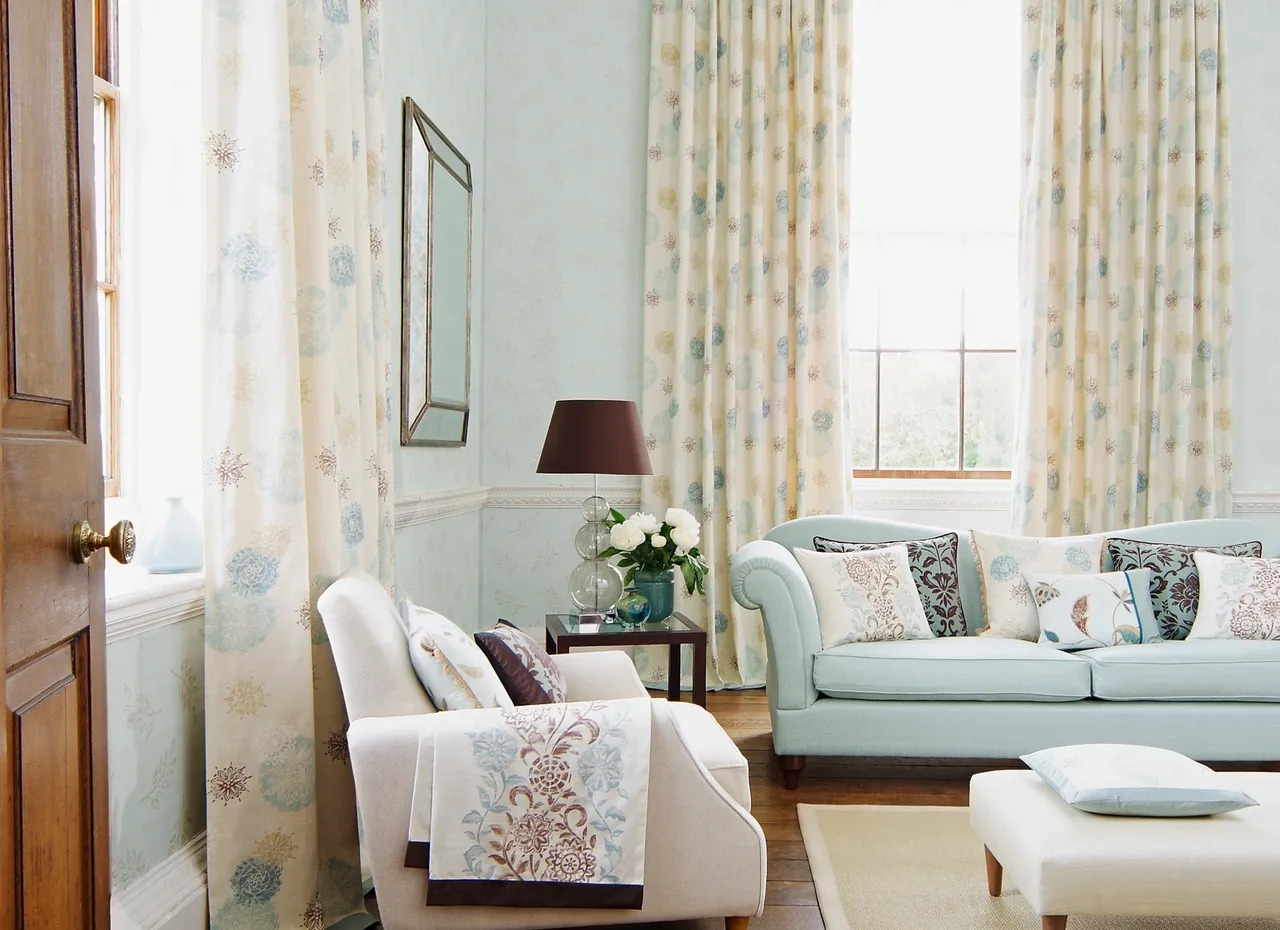

Articles
How To Match Curtains
Modified: February 24, 2024
Discover helpful articles on how to perfectly match curtains to your home decor. From color coordination to selecting the right fabric, find expert tips and advice.
(Many of the links in this article redirect to a specific reviewed product. Your purchase of these products through affiliate links helps to generate commission for Storables.com, at no extra cost. Learn more)
Introduction
Welcome to a comprehensive guide on how to match curtains! Curtains play a vital role in enhancing the aesthetic appeal of any room. They serve as both functional and decorative elements, providing privacy, controlling light, and adding a touch of elegance to your living space. Choosing the right curtains can make a significant difference in the overall ambiance and style of a room. Whether you are redecorating your home or planning a new design scheme, this article will provide you with valuable insights and tips on how to perfectly match curtains to your space.
When it comes to selecting curtains, it’s essential to consider various factors, including the room’s purpose, style, color scheme, measurements, fabric, type, patterns, and hardware. By carefully considering these aspects, you can create a cohesive and harmonious look that showcases your personal taste and complements your existing decor. So, let’s dive into the step-by-step process of how to match curtains and transform your space into a stylish sanctuary.
Key Takeaways:
- Transform your space with perfectly matched curtains by considering functionality, style, measurements, fabric, type, patterns, and hardware. Create a cohesive and visually appealing environment that reflects your personal taste.
- Make informed decisions when matching curtains by reviewing your budget, comparing prices, and prioritizing essential elements. Achieve a beautiful and harmonious look without overspending.
Read more: What Color Curtains Match Brown Furniture
Step 1: Determine the Purpose of the Curtains
Before starting your search for the perfect curtains, it’s essential to determine their primary purpose. Are you looking for curtains that primarily provide privacy, block out light, or both? Understanding the functionality you require will help you narrow down your options and choose curtains that meet your specific needs.
If privacy is your main concern, consider opting for curtains made from thicker fabrics or those with a lining. These curtains will help prevent outsiders from looking into your space, ensuring you can enjoy your privacy without any worries. Alternatively, if you’re more focused on controlling the amount of natural light entering the room, consider choosing curtains with light-filtering or blackout properties. Light-filtering curtains allow a soft glow of sunlight to penetrate the room, creating a warm and cozy atmosphere. On the other hand, blackout curtains are designed to block out all external light, making them an excellent choice for bedrooms or media rooms, where complete darkness is desired.
Additionally, you may want to consider curtains that offer thermal insulation properties. These curtains are made with special materials that help regulate the temperature in your room, keeping it cooler in the summer and warmer in the winter. This functionality can aid in saving energy and reducing utility bills, making them a practical and eco-friendly choice.
By determining the purpose of your curtains early on, you can narrow down your options and ensure that you select curtains that perfectly cater to your specific requirements. This decision will serve as a solid foundation for the subsequent steps in matching your curtains to your space.
Step 2: Consider the Room’s Style and Color Scheme
The style and color scheme of a room play a crucial role in creating a cohesive and visually appealing design. When selecting curtains, it’s important to consider the overall style and color palette of the room to ensure that they complement the existing decor.
Start by evaluating the style of the room. Is it modern and minimalist, traditional and elegant, or eclectic and bohemian? Understanding the style will guide you in selecting curtains that align with the overall aesthetic. For example, if you have a contemporary space, you may opt for sleek, understated curtains with clean lines and minimal embellishments. Conversely, if your room has a more traditional vibe, you might lean towards curtains with ornate details or classic patterns.
Next, consider the color scheme of the room. Look at the existing furniture, walls, and accessories to identify the dominant colors. You have several options when it comes to matching curtains to the color palette. You can choose curtains that blend harmoniously with the existing colors, creating a seamless and subtle look. For a bolder statement, you can opt for contrasting colors that add a pop of visual interest and create a focal point in the room. Alternatively, you may choose curtains that complement the secondary colors in the room, creating a balanced and coordinated look.
Remember, curtains can serve as a design element that ties the room together or as a statement piece that adds a touch of drama and personality. Consider whether you want your curtains to blend in seamlessly or make a bold statement. This will guide your choices in terms of color, pattern, and texture.
By considering the room’s style and color scheme, you can ensure that your curtains enhance the overall aesthetic and contribute to a visually pleasing space.
Step 3: Measure the Window
Accurate measurements are crucial when it comes to choosing the right curtains for your window. Proper measurements ensure that the curtains fit perfectly and provide the desired coverage and functionality. To measure your window correctly, follow these simple steps:
- Start by measuring the width of your window. Use a metal tape measure and measure across the inside of the window frame from one side to the other. Note down the measurement in inches or centimeters.
- Next, measure the height of the window. Again, use a metal tape measure and measure from the top of the window frame to the bottom. It’s important to measure in multiple places to account for any variations in height. Note down the tallest measurement in inches or centimeters.
- If you prefer a more gathered or fuller look, consider adding extra width to your measurements. Typically, adding 1.5 to 2 times the width of the window is recommended for a fuller appearance. This extra fabric will allow the curtains to drape elegantly when closed.
- When measuring for curtain length, you have a few options depending on the desired look. For a traditional look, measure from the top of the window frame to the floor. If you prefer shorter curtains, measure to a specific length above the floor, such as just below the window sill or at mid-calf height. Remember to consider the curtain rod placement when making your length measurements.
- If you have multiple windows in the same room, measure each one individually. It’s important to note that windows even in the same room can have slight variations in size, so don’t assume that they are all exactly the same.
By taking accurate measurements of your window, you can ensure that the curtains you choose will fit properly and create the desired aesthetic. Remember to double-check your measurements before making any purchasing decisions to avoid any costly mistakes.
Step 4: Choose the Curtain Length
Once you have measured your window, it’s time to determine the appropriate curtain length. The length of your curtains can significantly impact the overall look and feel of the room. Here are a few factors to consider when selecting the curtain length:
Floor-Length: Floor-length curtains are a popular choice as they create an elegant and timeless look. They typically extend all the way to the floor or slightly skim it, allowing for a sophisticated and luxurious appearance. Floor-length curtains work well in formal settings, such as living rooms or dining rooms, where a more formal aesthetic is desired.
Sill-Length: Sill-length curtains fall to just below the window sill. This length is ideal for windows that are positioned low to the ground or for rooms where you want to maintain a more casual and relaxed atmosphere. Sill-length curtains are commonly used in kitchens, bathrooms, and bedrooms.
Apron-Length: Apron-length curtains fall to approximately 6-8 inches below the window sill. This length is a great option if you want to add a touch of style without overwhelming the room. Apron-length curtains work well in spaces with windows that are slightly above eye level, such as in offices or study rooms.
Floor-to-Ceiling: For a dramatic and bold statement, consider opting for floor-to-ceiling curtains. These curtains extend from the ceiling all the way to the floor, creating an illusion of height and grandeur. Floor-to-ceiling curtains work well in rooms with high ceilings or large windows, as they add a sense of grandeur and elegance.
Remember to double-check your measurements and consider any curtain hardware or decorative elements when determining the curtain length. It’s always better to have longer curtains that can be hemmed if needed, rather than curtains that fall short.
By selecting the appropriate curtain length, you can enhance the overall aesthetic of the room and achieve the desired style and functionality.
Read more: How To Store Matches
Step 5: Select the Curtain Fabric
The choice of curtain fabric is crucial as it not only impacts the overall aesthetic but also determines the functionality and durability of your curtains. There are various factors to consider when selecting the right fabric for your curtains. Here are some key points to keep in mind:
Light Control: Consider how much natural light you want to allow into the room. Sheer and lightweight fabrics, such as linen or voile, allow diffused natural light to enter, creating an airy and ethereal atmosphere. On the other hand, thicker fabrics like velvet or blackout materials provide maximum light control, allowing you to create a dark and cozy environment when desired.
Privacy: The level of privacy you require will also influence your fabric choice. If privacy is a concern, opt for denser fabrics or those with a lining to prevent outsiders from peeking into your space. Sheer fabrics may still allow some silhouette visibility, so keep that in mind when choosing for privacy-sensitive areas.
Durability: Consider the durability of the fabric, especially if you have high-traffic areas or households with pets or children. Sturdy fabrics like cotton twill or polyester blends are resistant to wear and tear and are easier to maintain. Additionally, fabrics with stain-resistant or easy-care properties can make your curtains more practical and long-lasting.
Style and Texture: The fabric you choose can greatly enhance the visual appeal and style of the room. Think about the overall aesthetic you want to achieve. For a classic and timeless look, consider silk or velvet curtains. If you prefer a more casual and relaxed feel, cotton or linen can be great choices. You can also experiment with patterns, textures, and different weaves to add depth and visual interest to your curtains.
Budget: Take into account your budget when selecting the curtain fabric. Some fabrics, such as silk and velvet, tend to be more expensive, while synthetic materials like polyester or microfiber offer more affordable options without compromising on the visual appeal or functionality.
It’s important to consider your specific needs and preferences when choosing the curtain fabric. Take some time to research different types of fabrics, read reviews, and even order fabric samples to get a better sense of texture and quality. By selecting the right fabric, you can ensure that your curtains not only look stunning but also stand the test of time.
When matching curtains, consider the color scheme and style of the room. Choose curtains that complement the existing decor and furniture to create a cohesive look.
Step 6: Decide on the Curtain Type
Choosing the right curtain type is crucial as it determines how your curtains will function and interact with the overall design of your space. There are various curtain types to consider, each with its own unique features and benefits. Here are some popular curtain types to help you make an informed decision:
Panel Curtains: Panel curtains are the most common and versatile type of curtains. They consist of a single panel of fabric that hangs vertically and can be opened and closed manually. Panel curtains can be used alone or in combination with other layers, such as sheer panels or valances, to add depth and dimension to your windows. They are suitable for various room styles and provide basic light control and privacy.
Curtain Sets: Curtain sets typically include two or more panels that are designed to be used together. This type of curtain provides a more polished and balanced look, as the panels are meant to be evenly distributed on either side of the window. They are ideal for creating a cohesive and symmetrical appearance, especially in formal settings.
Sheer Curtains: Sheer curtains are lightweight and translucent, allowing diffused natural light to enter the room. They offer minimal privacy but create an airy and ethereal ambiance. Sheer curtains can be used in combination with other curtain types to provide additional light control or to add a layer of texture and visual interest to your windows.
Valances and Swags: Valances and swags are decorative elements that are used in conjunction with other curtain types. They are typically made from shorter pieces of fabric and are used to add a decorative accent to the top of the window. Valances and swags come in various styles, such as tailored, gathered, or draped, and can be used to enhance the overall aesthetic of your curtains.
Vertical Blinds or Shades: If you prefer a more modern and minimalistic look, consider vertical blinds or shades. These are made from individual slats or fabric panels that hang vertically and can be rotated or drawn to control light and privacy. Vertical blinds or shades are ideal for large windows or patio doors and offer a sleek and clean appearance.
When deciding on the curtain type, consider the functionality you require, the style of your room, and how well the curtain type complements other elements in your space. Remember that you can also layer different types of curtains to achieve the desired aesthetic and functionality.
Step 7: Coordinate Curtain Patterns and Prints
Choosing the right patterns and prints for your curtains can elevate the visual appeal of your space and add a touch of personality and style. However, it’s important to coordinate the patterns and prints properly to ensure a cohesive and balanced look. Here are some tips to help you navigate the world of curtain patterns:
Consider the Existing Decor: Take a look at the patterns and prints already present in the room. Consider the furniture upholstery, rugs, and wallpaper, if any. Look for patterns or colors that you can pull inspiration from and coordinate with your curtains. You can either choose curtains that complement the existing patterns or opt for contrasting patterns to create a focal point in the room.
Balance Bold Patterns: If you have a bold and eye-catching pattern in the room, consider pairing it with more subtle and simple curtains. This approach allows the existing pattern to take center stage while the curtains provide a balance and harmony. Alternatively, if you have a relatively plain backdrop, feel free to experiment with bolder patterns and prints on your curtains to add visual interest and personality.
Mix and Match Prints: Mixing and matching different prints can add depth and dimension to your space. However, it’s important to select prints that complement each other rather than clash. Look for patterns that share a similar color palette or style. For example, you can pair a geometric print curtain with a floral print valance if they share a similar color scheme.
Consider Scale and Proportion: When coordinating patterns, consider the scale and proportion of the patterns in relation to your space. Large-scale patterns can be overwhelming in small rooms, while small-scale patterns may get lost in larger spaces. Aim for a balanced distribution of patterns to create a visually appealing and harmonious look.
Layering Textures: Consider incorporating different textures along with patterns to create a visually interesting and dynamic look. You can choose curtains with textured fabrics like jacquard, tweed, or embroidery to add depth and tactile appeal. Mixing textures can create a luxurious and inviting atmosphere.
Remember, there are no strict rules when it comes to coordinating patterns and prints. Trust your instincts and go with what you love. Experimentation and personalization are key to creating a unique and inspiring space.
Step 8: Determine the Curtain Hardware
The right curtain hardware not only provides support and functionality but also contributes to the overall aesthetic of your curtains. When determining the curtain hardware, consider the following factors:
Curtain Rod: The curtain rod is the main component of the hardware and plays a crucial role in holding your curtains in place. Choose a rod that complements the style of your curtains and the overall decor of the room. There are various options available, including metal, wood, and decorative rods. Consider the weight of your curtains and the length of the rod to ensure adequate support. Additionally, you can select rods with different finishes, such as brushed nickel or antique brass, to add a touch of elegance or modernity.
Finials: Finials are decorative elements that attach to the ends of the curtain rod. They come in various shapes, sizes, and materials and can add a finishing touch to your curtains. Finials can range from classic and understated designs to ornate and decorative pieces. Choose finials that complement the style of your curtains and the overall aesthetic of your space.
Brackets and Rings: Brackets are used to secure the curtain rod to the wall. Choose sturdy brackets that can handle the weight of your curtains. Rings or clips are used to hang the curtains from the rod. They come in various materials and styles, including metal, wood, or fabric rings. Select rings or clips that match the overall look and feel of your curtains and complement the hardware.
Holdbacks and Tiebacks: Holdbacks or tiebacks are used to hold curtains in place when they are open. They can be decorative or functional and come in various designs, including hooks, ropes, or fabric tiebacks. Choose holdbacks that enhance the overall aesthetic and style of your curtains and provide a cohesive look when the curtains are open.
Installation: When determining the curtain hardware, consider ease of installation. Some hardware may require drilling and mounting, while others may be simpler to install, such as tension rods or adhesive hooks. Ensure that you have the necessary tools and follow the manufacturer’s instructions for a secure and proper installation.
By selecting the appropriate curtain hardware, you can ensure that your curtains are well-supported, functional, and complement the overall aesthetic of the room. Take your time to explore different options and consider the specific needs and style of your curtains and space.
Read more: How To Match Backsplash With Countertops
Step 9: Review the Budget
As with any home improvement project, it’s important to review your budget when matching curtains to your space. Setting a budget ensures that you make informed decisions and avoid overspending. Here are some considerations to keep in mind:
Establish a Realistic Budget: Determine how much you are willing to spend on curtains and curtain-related expenses. Take into account factors such as the size of the windows, the number of windows in the room, and any additional hardware or accessories needed. Having a clear budget in mind will help you narrow down your options and prevent overspending.
Compare Prices: Research different retailers and compare prices to ensure you are getting the best value for your money. Look for sales or discounts that may be available, especially during holiday seasons or special promotions. Consider online shopping as well, as it may offer a wider range of options and competitive prices.
Consider the Long-Term Investment: Curtains can be a long-term investment in your home. While it may be tempting to opt for cheaper options, consider the durability and quality of the curtains. High-quality curtains may cost more upfront but can last longer and provide better functionality and aesthetic appeal. Balancing quality and budget is key to obtaining curtains that meet your needs and withstand the test of time.
Prioritize Essential Elements: If you are working within a limited budget, prioritize essential elements that are crucial to achieving your desired outcome. Focus on the functionality and fabric quality before considering decorative elements. You can always enhance the aesthetics over time as your budget allows.
Consider DIY Options: If you have a tight budget or enjoy crafts, consider DIY options for curtains. You can purchase fabric and sewing supplies to create custom curtains tailored to your specifications. DIY projects allow for creativity and customization while potentially saving money.
Be Mindful of Additional Costs: In addition to the curtains themselves, consider any additional costs such as installation, curtain rods, and hardware. These expenses should be factored into your budget to ensure you have a comprehensive understanding of the total costs involved.
By reviewing your budget and making informed decisions, you can find curtains that not only suit your style and functional requirements but also align with your financial goals. Remember, it’s possible to achieve a beautiful and cohesive look without breaking the bank.
Conclusion
Matching curtains to your space is an essential step in creating a harmonious and visually appealing environment. By following these steps, you can ensure that your curtains perfectly complement the style, color scheme, and functionality of your room.
Start by determining the purpose of the curtains and consider factors such as privacy and light control. Then, take into account the room’s style and color scheme to ensure that the curtains blend seamlessly with the existing decor. Accurate measurements of the window will help you select the appropriate curtain length, whether it’s floor-length for an elegant look or sill-length for a more casual atmosphere.
Choosing the right fabric is crucial and involves considering factors such as light control, privacy, durability, and overall style. Deciding on the curtain type will further enhance the functionality and aesthetic, whether you opt for panel curtains, sheer curtains, or a combination that suits your space.
Coordinating curtain patterns and prints can add depth and personality to the room. Consider the existing decor, balance bold patterns, and experiment with mixing and matching prints to create visual interest. Determining the appropriate curtain hardware, including rods, finials, and brackets, will ensure that your curtains are properly supported and seamlessly integrated into the space.
Lastly, reviewing your budget is essential to make informed decisions and prioritize your spending. Consider the long-term investment, compare prices, and be mindful of additional costs to stay within your budgetary constraints.
In the end, matching curtains to your space involves a thoughtful and creative approach. Take your time, explore different options, and trust your instincts to achieve a result that not only reflects your style but also enhances the ambiance and functionality of your room.
So, go ahead and transform your space with carefully selected and perfectly matched curtains!
Frequently Asked Questions about How To Match Curtains
Was this page helpful?
At Storables.com, we guarantee accurate and reliable information. Our content, validated by Expert Board Contributors, is crafted following stringent Editorial Policies. We're committed to providing you with well-researched, expert-backed insights for all your informational needs.
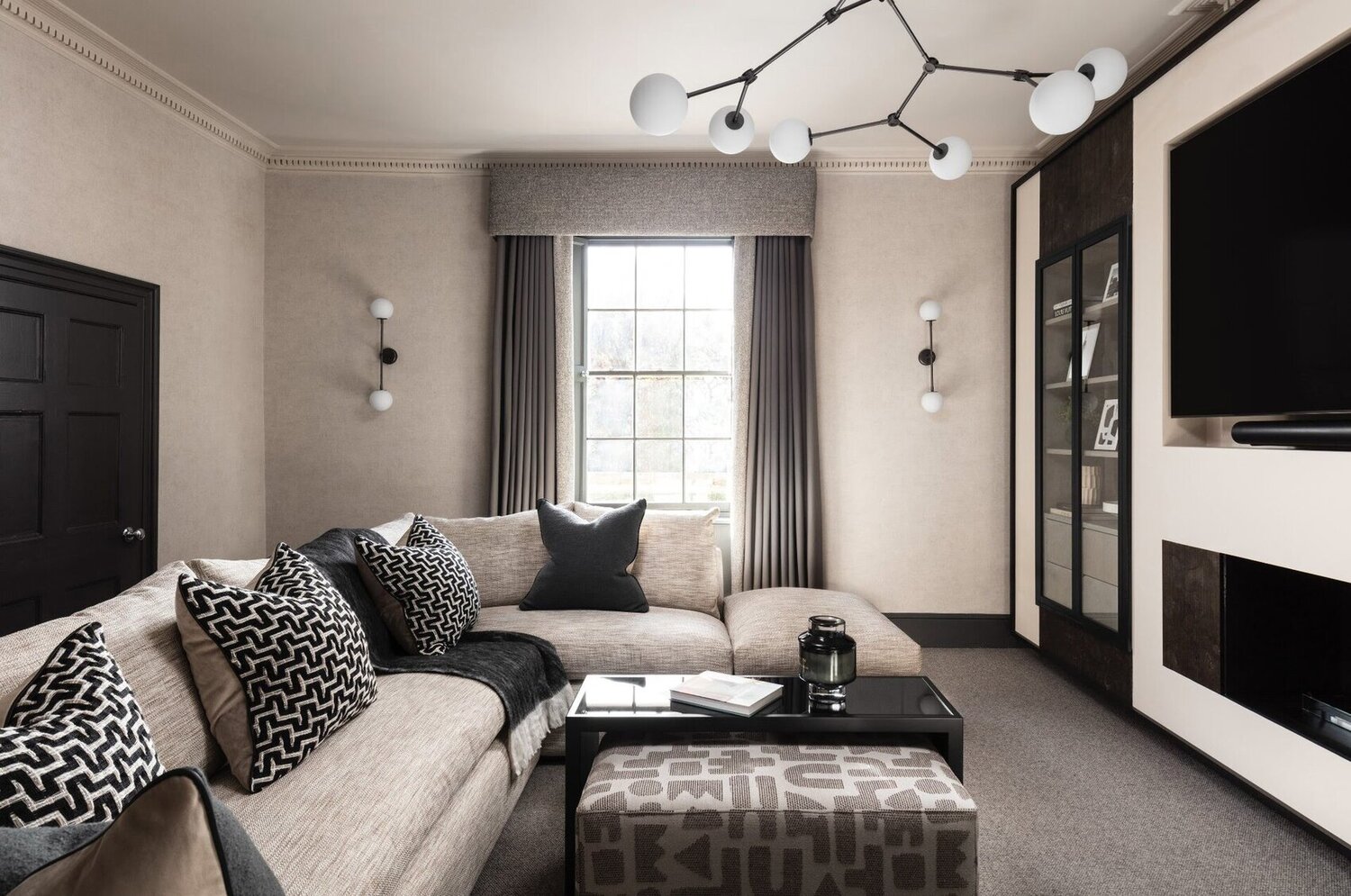
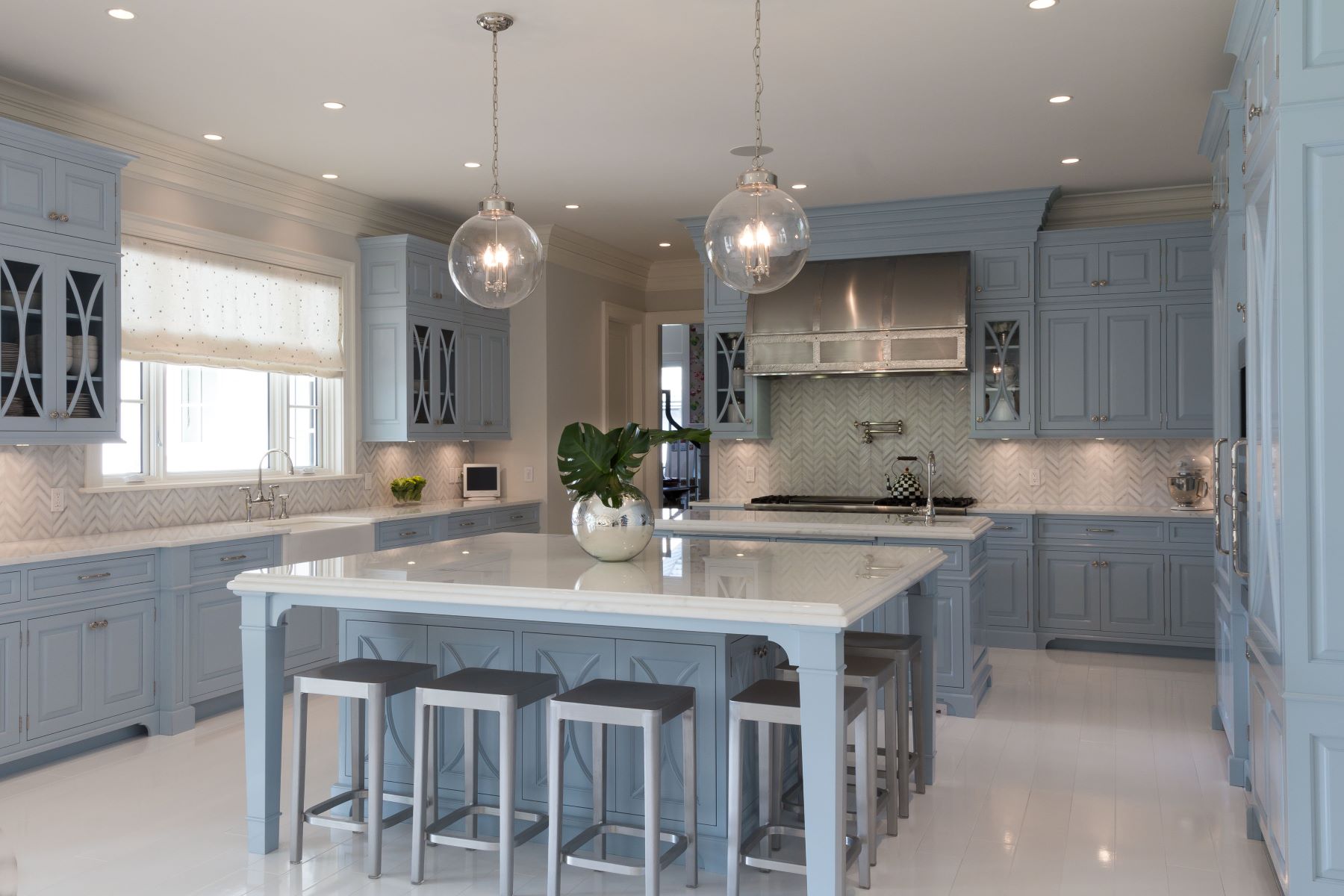



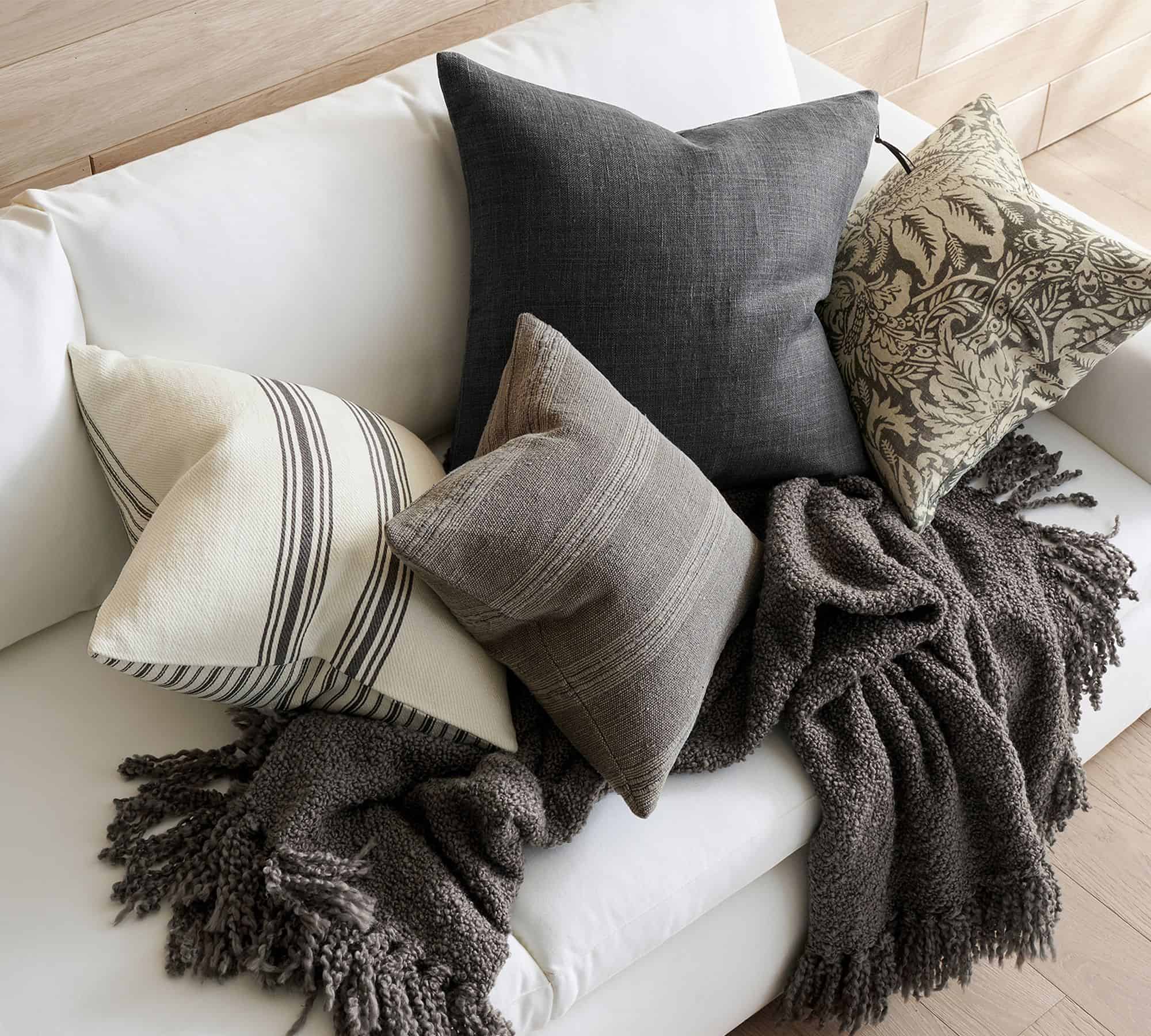
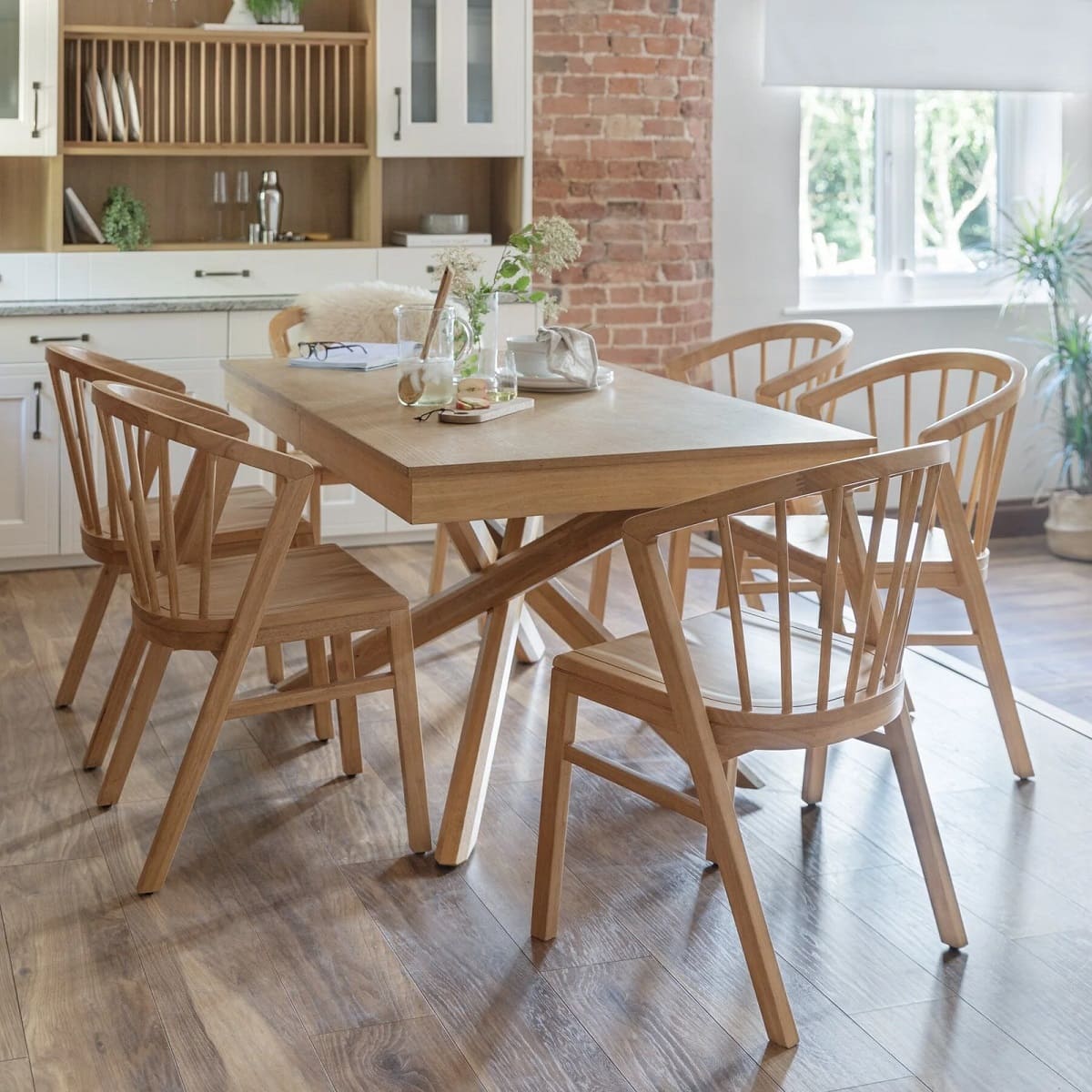
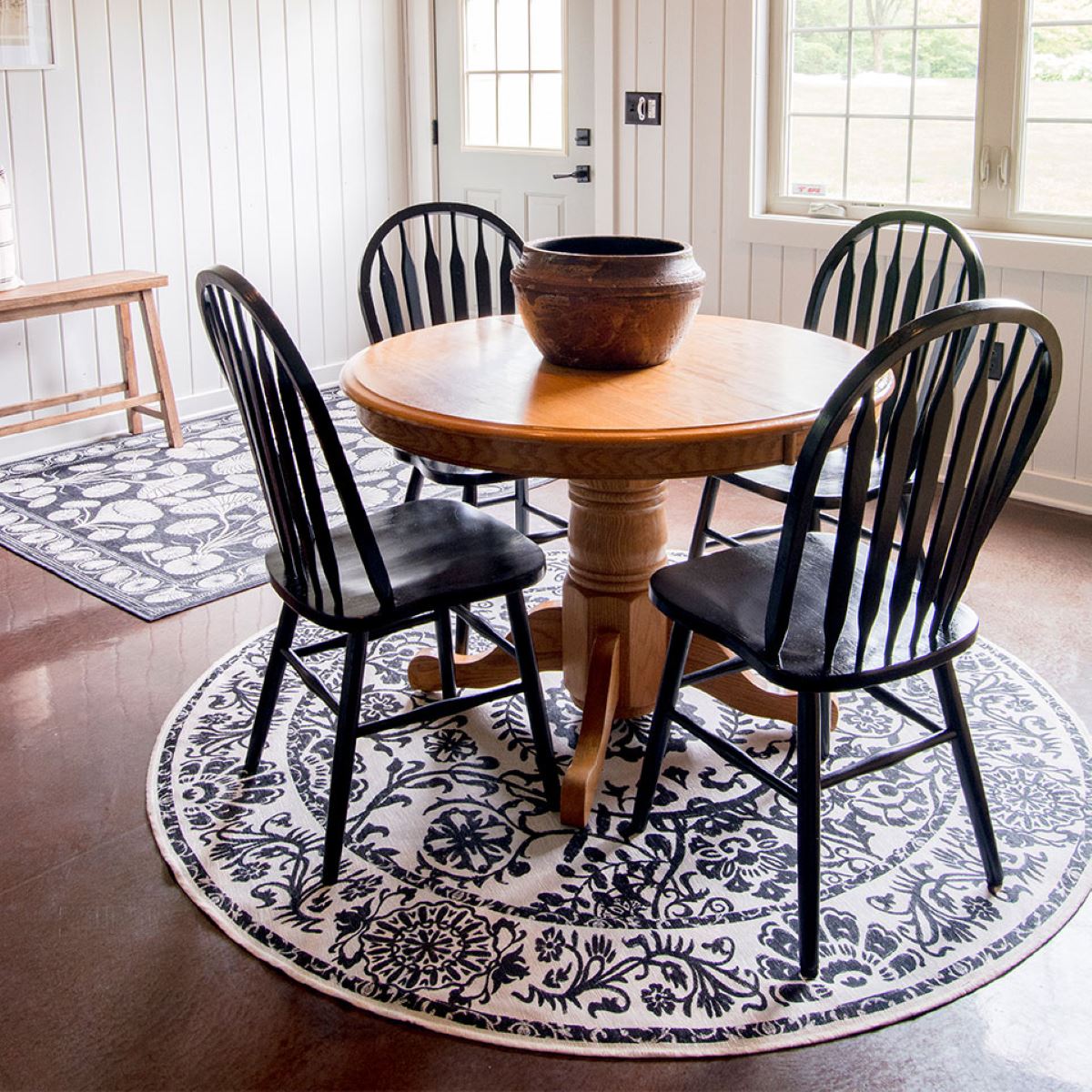
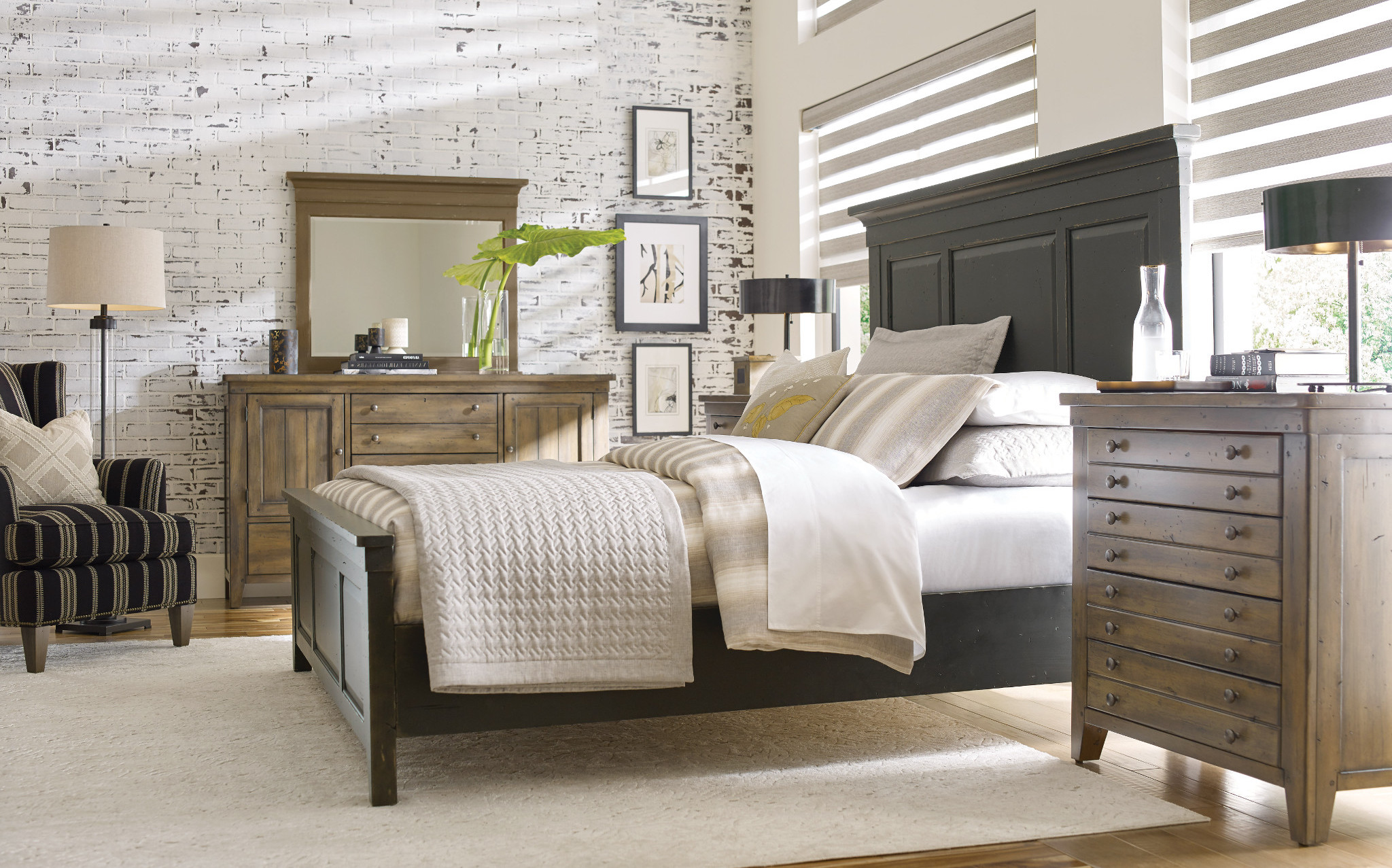
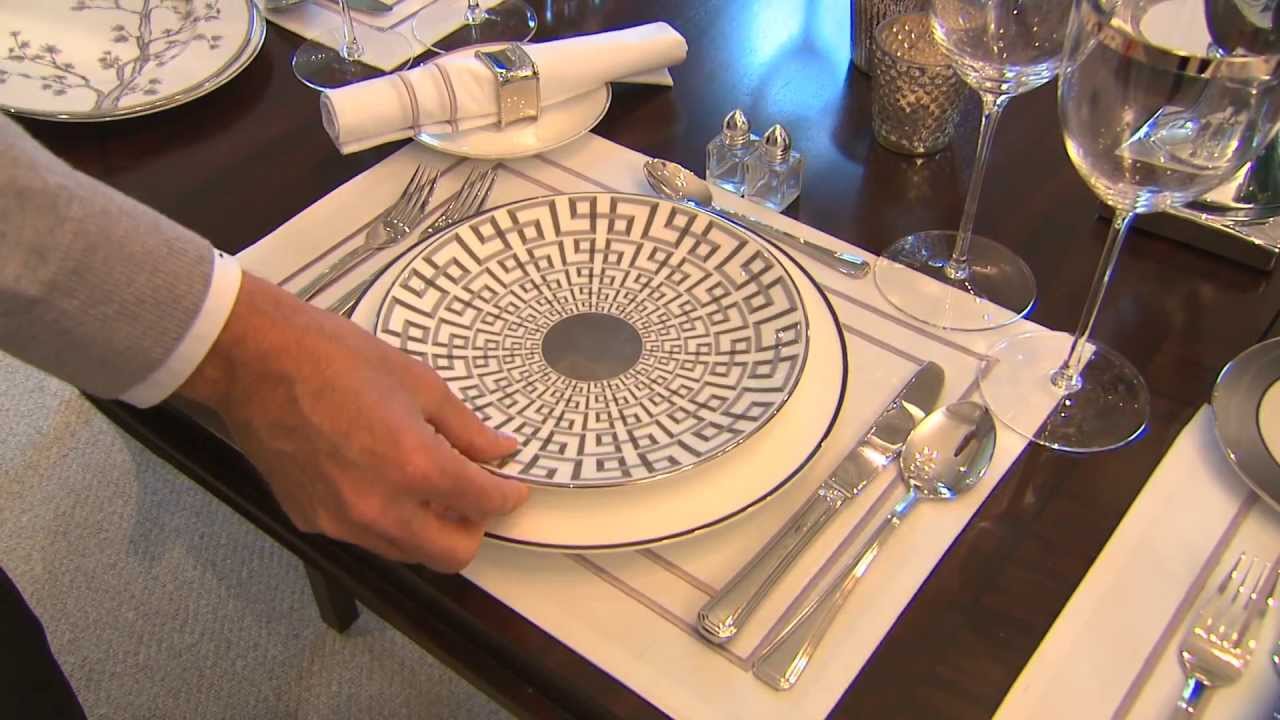
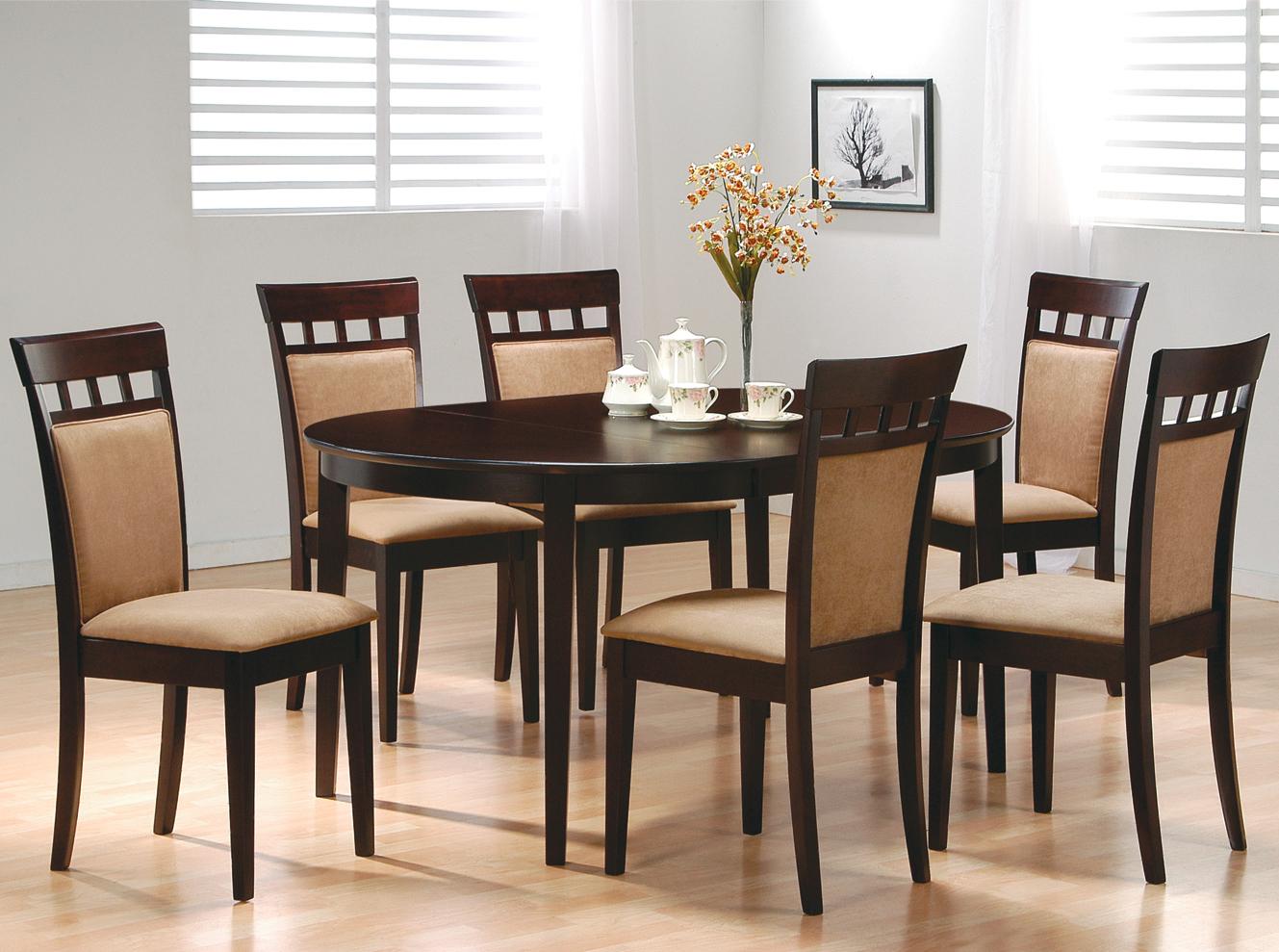
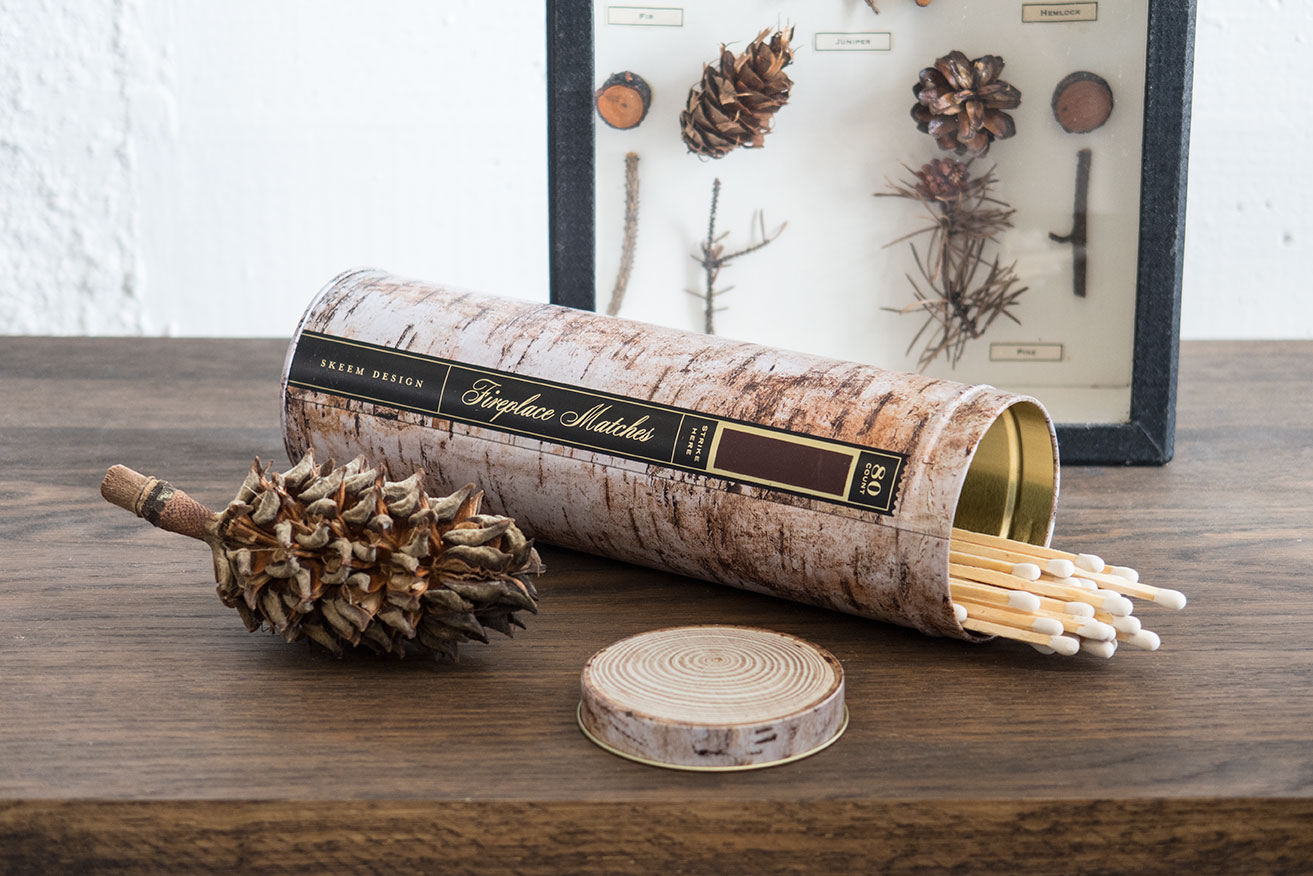
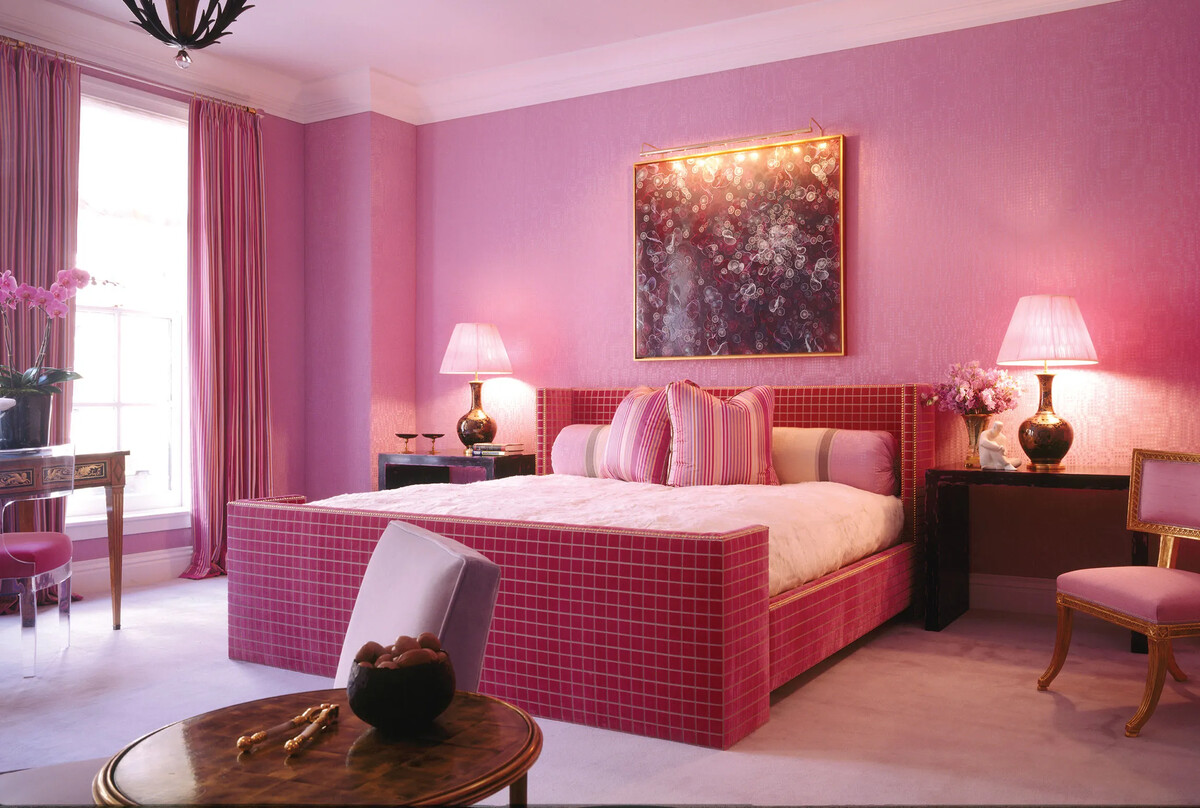

0 thoughts on “How To Match Curtains”